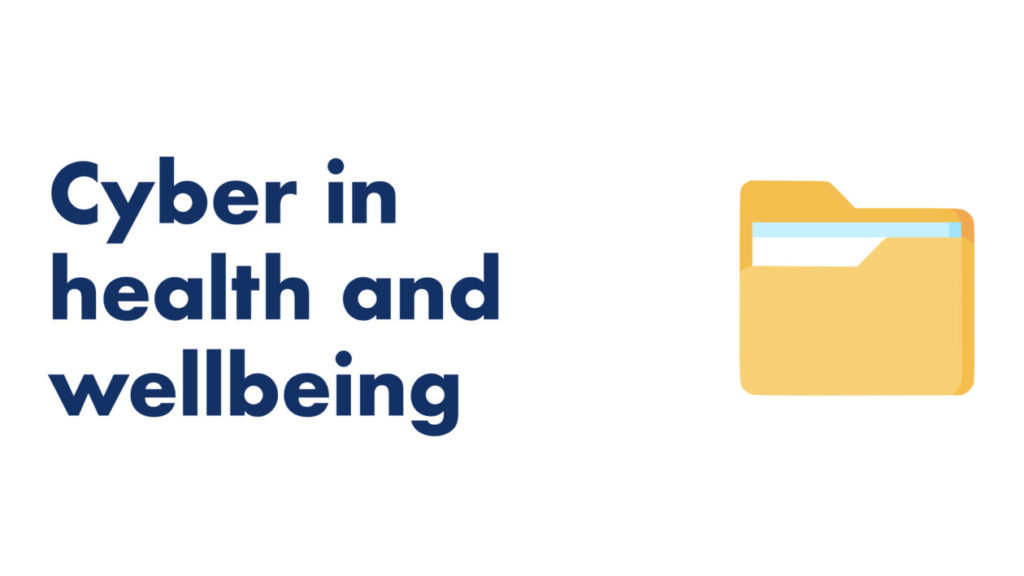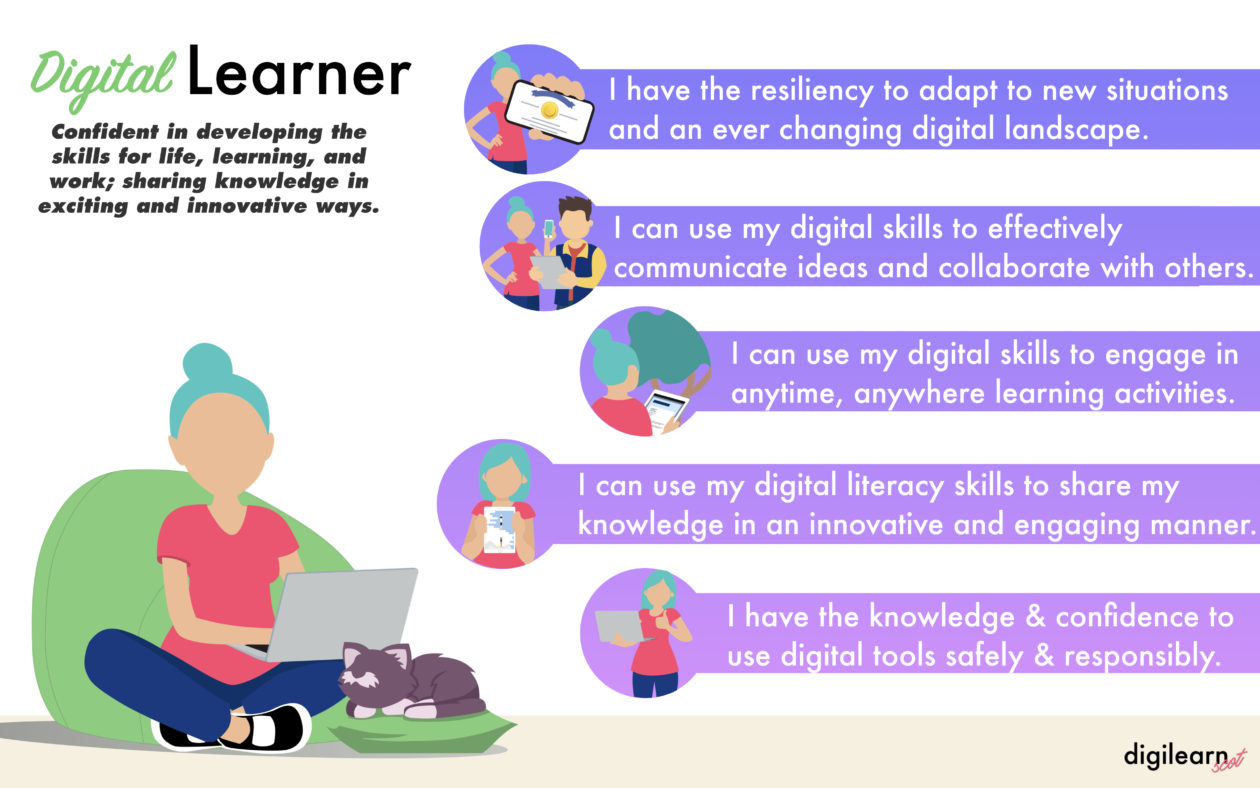Relationships, sexual health and parenthood
Children and young people should learn about relationships that are healthy, respectful, and based on trust and respect. However, there may also be a need to support them when this is not the case.
The NSPCC defines Technology-Assisted Harmful Sexual Behaviour (TAHSB) as: “a range of behaviour including the developmentally inappropriate use of pornography, online sexual abuse, grooming, sexting.”
Education Scotland have collaborated with Stop It Now to create guidance and support for teachers on Technology-Assisted Harmful Sexual Behaviour (TAHSB). The TAHSB programme is free and can be delivered in any local authority.
The Hackett continuum is used across Scotland, by the NSPCC, Education Scotland and the Scottish Government, to evaluate the sexual behaviours of children and young people.









